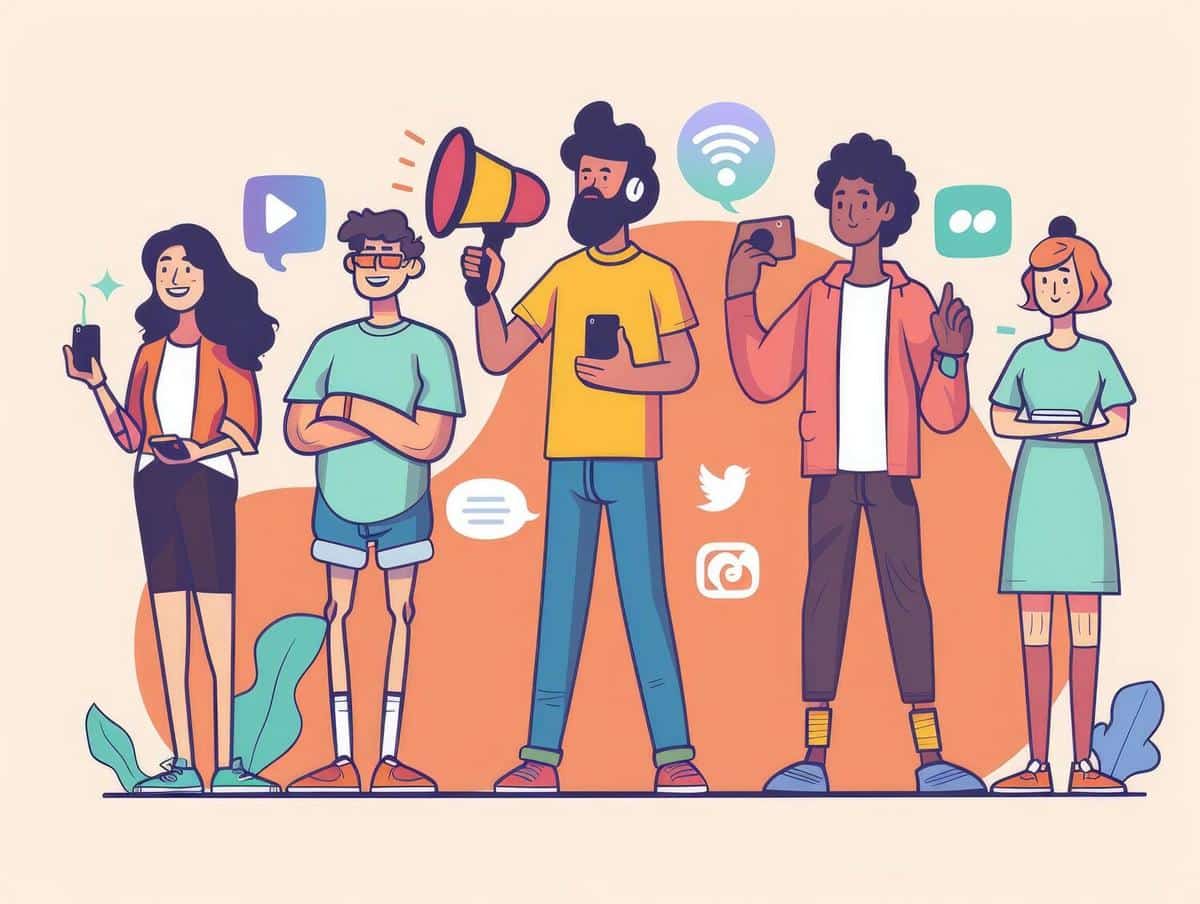
Case Studies of Successful Digital Activism Campaigns
Digital activism has swiftly become a powerful tool for social change, leveraging the connectivity of the internet to amplify voices and mobilize communities. This article delves into various successful digital activism campaigns, exploring how they managed to captivate audiences and influence real-world outcomes.
Understanding Digital Activism
Digital activism utilizes online platforms and tools to advocate for social change. It encompasses a range of tactics from hashtag campaigns to online petitions, and even virtual protests. The digital landscape offers a unique space for activists to connect with a global audience, often leading to significant impacts on policy and society.
Expert Insights
According to Dr. Mary Smith, a digital media professor, “The strength of digital activism lies in its ability to transcend borders and reach audiences that traditional activism might not.” This sentiment is echoed by numerous experts who recognize the expansive reach and accessibility of digital platforms.
Notable Campaigns and Their Impact
- #MeToo Movement: This campaign highlighted the prevalence of sexual harassment and assault, sparking global conversations and leading to tangible changes in workplace policies.
- Black Lives Matter: Initially started as a hashtag, this movement has grown into a global network advocating for racial justice, influencing legislation and social attitudes.
- Fridays for Future: Spearheaded by youth activists, this campaign has mobilized millions worldwide to take action against climate change, pressuring governments to adopt sustainable policies.
Research Findings
Research by the Pew Research Center indicates that 69% of social media users believe these platforms are important for political engagement. This statistic underscores the vital role of digital activism in modern social movements.
Personal Stories
One example is Lisa, a college student who organized a virtual rally through social media, drawing attention to educational inequalities. Her efforts resulted in increased funding for under-resourced schools in her community, showcasing the potential of grassroots digital activism.
Actionable Tips for Aspiring Digital Activists
- Identify Your Cause: Focus on an issue you are passionate about to maintain motivation and authenticity.
- Leverage Social Media: Use platforms like Twitter and Instagram to share your message and connect with like-minded individuals.
- Engage Your Audience: Interact with your followers through comments and direct messages to build a community around your cause.
- Collaborate: Partner with other activists and organizations to amplify your reach and impact.
Table of Successful Campaigns
| Campaign | Year | Focus | Outcome |
|---|---|---|---|
| #MeToo | 2017 | Sexual Harassment | Policy Changes |
| Black Lives Matter | 2013 | Racial Equality | Legislative Impact |
| Fridays for Future | 2018 | Climate Change | Global Climate Strikes |
| Women’s March | 2017 | Women’s Rights | Increased Advocacy |
| Arab Spring | 2010 | Democracy | Political Reforms |
| Occupy Wall Street | 2011 | Economic Inequality | Global Awareness |
| March for Our Lives | 2018 | Gun Control | Legislative Proposals |
| Extinction Rebellion | 2018 | Environmentalism | Policy Influence |
Frequently Asked Questions
What is digital activism?
Digital activism refers to the use of digital tools and platforms to advocate for social change and engage in political discourse.
How can I get involved in digital activism?
You can start by identifying a cause you’re passionate about, using social media to raise awareness, and connecting with other activists and organizations.
Conclusion
Digital activism continues to shape social movements, offering unprecedented opportunities for engagement and change. By learning from successful campaigns and employing strategic approaches, aspiring activists can effectively harness the power of digital platforms to make a meaningful impact.


